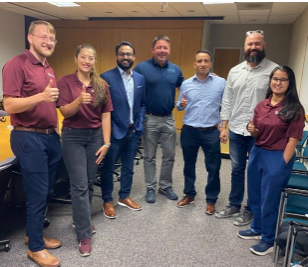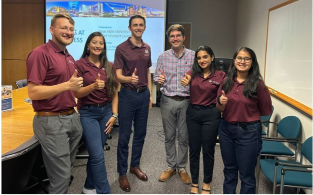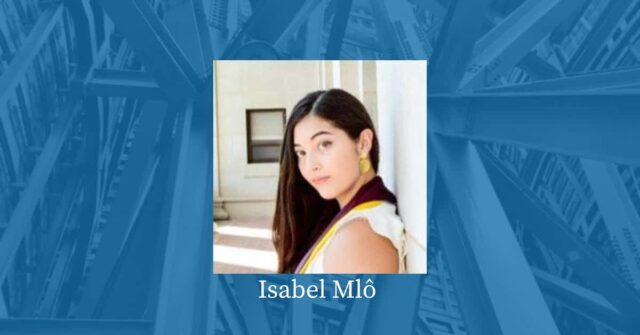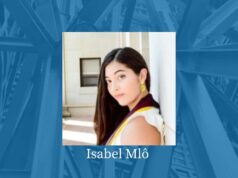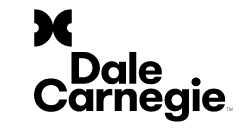Texas A&M is approaching the midpoint of the fall semester. Many students are studying hard for their midterm exams. On September 17th, TAMU-SEAoT had the pleasure of hosting Maxwell Milan and Joseph Lacross from L.A. Fuess Partners (LAFP). Maxwell Milan got his Masters at Texas A&M in 2018. Since joining LAFP he has obtained his PE license and designed a wide range of building types. Joseph Lacross earned both his undergraduate degree and Masters from Texas A&M. In the past 3 years at LAFP, Joseph has gained experience working on buildings in the K-12, higher education, and public retail spaces.
Max and Joseph spoke to the members of SEAoT-TAMU about the basics of structural engineering consulting and how to be a ‘good engineer’. They identified the most common sources of structural failures and what structural engineers can do to avoid common pitfalls. The guidance included: being aware of real-world limitations and keeping designs flexible to allow for some human error, being an overly effective communicator, creating designs that are easy to follow and build, and double-checking boundary conditions (specifically at connections).
On October 1st, SEAoT-TAMU received a great presentation from Datum engineers Edwin Thomas and Fredy Campos, with Craig Rios and Luke Nelson also in attendance. Edwin Thomas joined Datum in 2016 and is a senior associate in the Dallas office. His project experience includes healthcare, higher education, K12, Parking Garages & commercial buildings. Fredy Campos is a recent graduate of Texas A&M University’s Structural Masters Program and joined Datum Engineers as a Project Engineer in June 2023. Fredy’s experience includes public, higher education, and commercial buildings.
Edwin and Fredy presented their work on the new Texas A&M University Law School in Fort Worth. The project was done in collaboration with the City of Fort Worth as an early-release package. The structural design was intricate due to architectural choices and stringent use-case limitations. The Texas A&M University System (TAMUS) wanted to leave the possibility open to using the classrooms as labs. Consequently, rooms were designed to meet the strict vibration limitations of laboratory spaces. Datum chose a skip-pan joist system that worked as a one-way slab in some areas to allow for easier renovation in the future. An un-intuitive finding that the design team came across while conducting the building vibration analysis was that running the girders long ways through the building helped dampen the ambient vibrations.
Edwin and Fredy described that the project included discontinuities in both the gravity and lateral systems and how this may complicate a design. The discontinuity in the lateral system was due to the facade changing from stone to brick. Discontinuities in the gravity system stemmed from dropping the floor slab 18” on multiple floors to include balconies. The main takeaway the SEAoT-TAMU members obtained from metaphorically walking through the designs of these systems is that discontinuities
complicate structural load paths. Extra care must be taken to ensure the load paths are correct and that designs and details of connections are sufficient.
The students learned a lot from both LAFP and Datum. The members greatly appreciated their presentations. SEAoT-TAMU has had a great semester so far and is looking forward to the second half of the semester.
